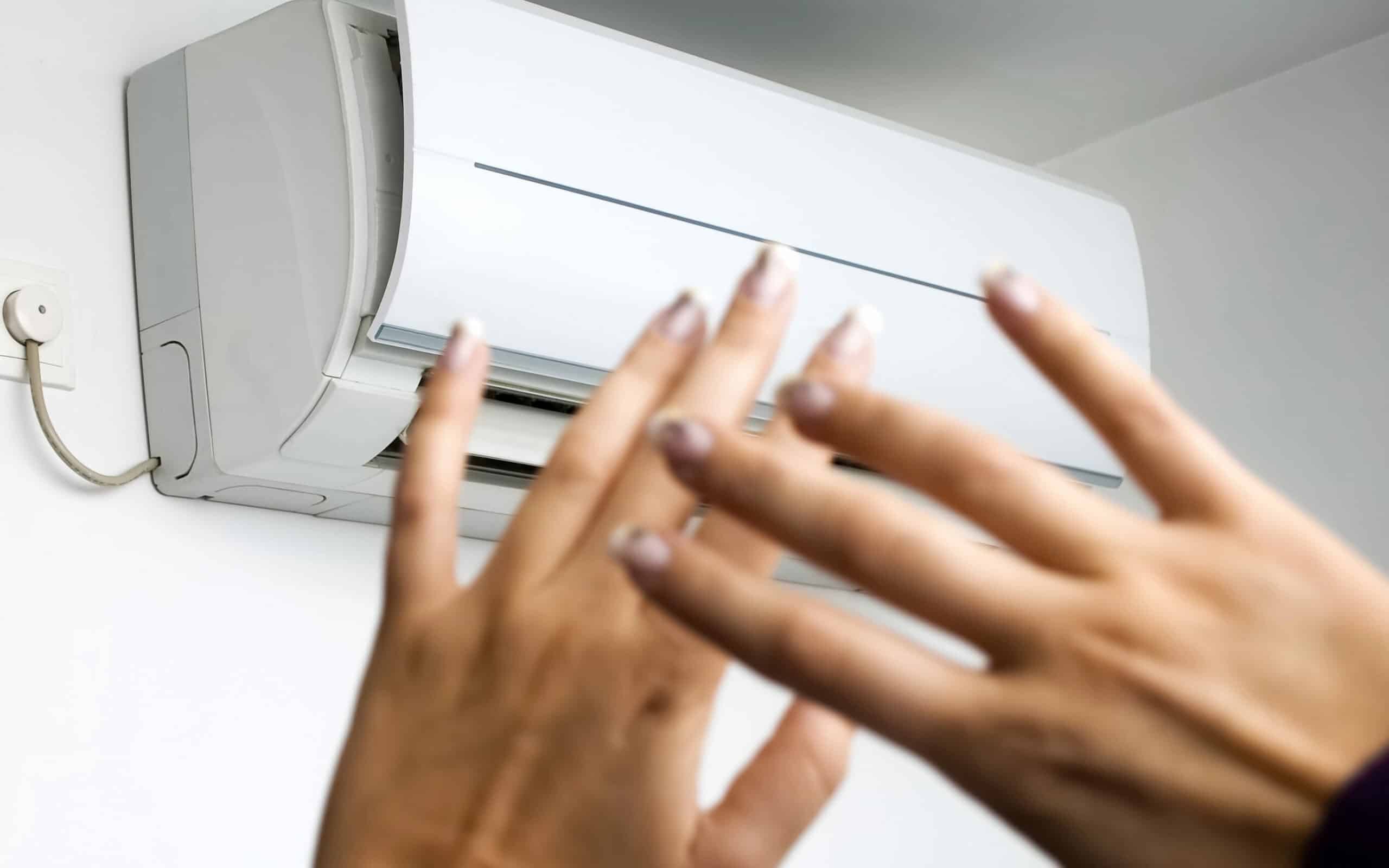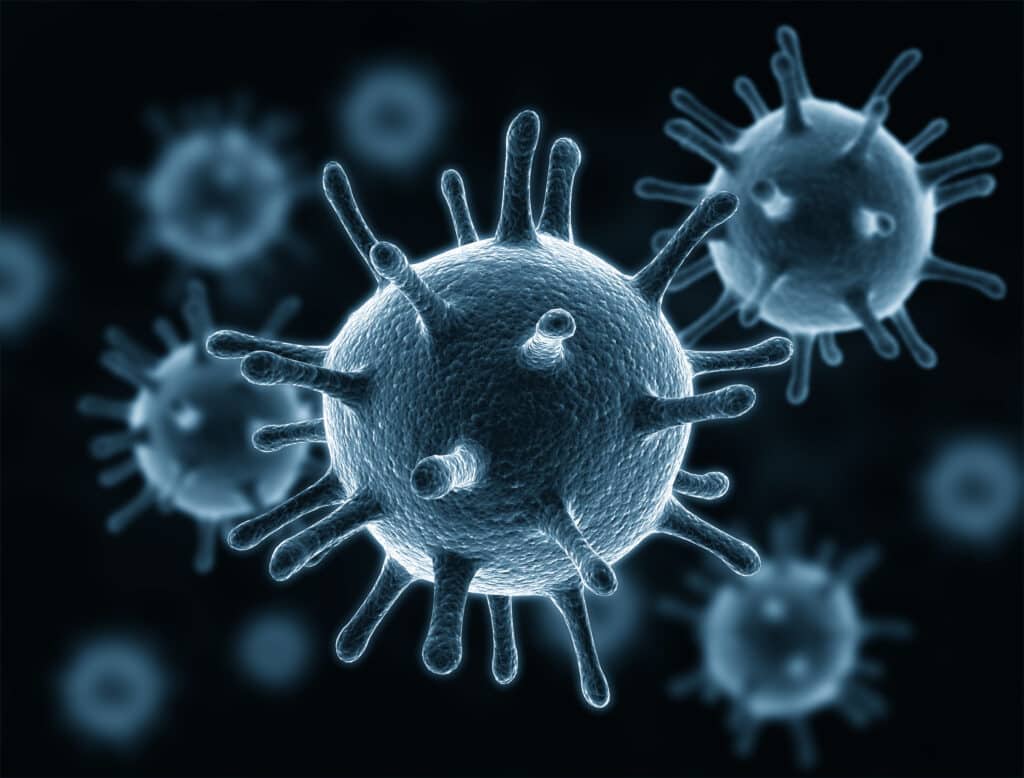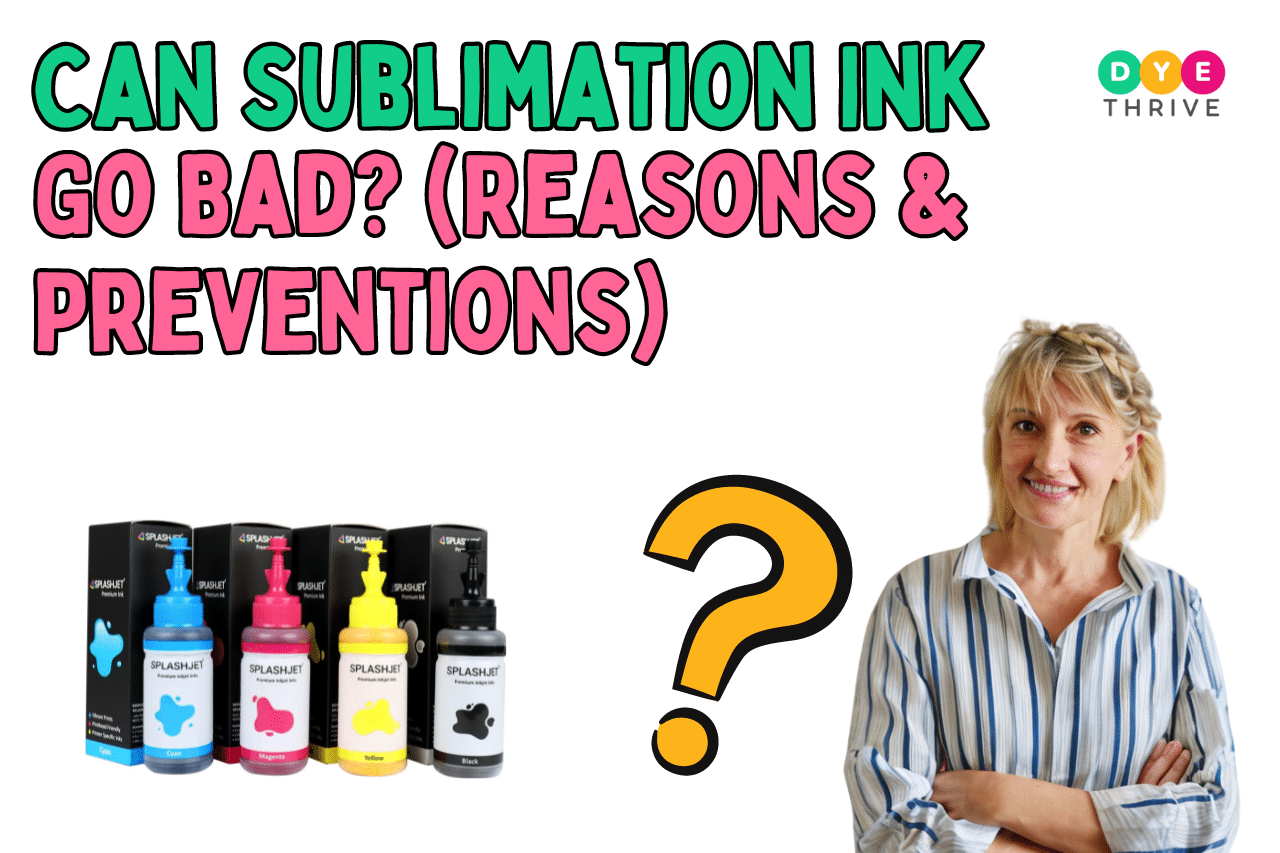Making cool designs with a sublimation printer is awesome!
The ink lets you print on all kinds of stuff like shirts, mugs, and phone cases. The colors come out so bright and vivid.
But have you ever wondered – can the special ink go bad? Does it last forever in the printer? What if you don’t use it for a while?
In this article, we will explore ‘Can sublimation ink go bad’. We’ll look at how long the ink lasts both in and out of your printer. You’ll learn the signs that your ink is expired.
We’ll also go over why sublimation ink goes bad and how to store it correctly. There are handy tips to make your ink last as long as possible.
Read on to get all the details about sublimation ink and how to keep it fresh!
you may also like:
- Can You Sublimate on Vinyl? (Explained!)
- What Is Dye Sublimation? (An In-Depth Guide)
- 6 Best Sublimation Inks In 2024 (I’ve Tested All !)
- How Long To Press Sublimation? Time & Temperature
Can Sublimation Ink Go Bad?
The short answer is yes, sublimation ink can expire and degrade in quality if not stored properly.
The shelf life of sublimation ink depends on whether it’s unopened or installed in your printer.

Unopened sublimation ink generally lasts 1-2 years from the production date if stored correctly. Always check the manufacturer’s label for the recommended shelf life.
Once opened, you should use sublimation ink within 6 months before it starts to degrade in quality from air exposure.
For installed ink cartridges, the lifespan is much shorter, around 3-6 months. The constant heating and cooling in the printer causes the ink to break down faster.
So in summary:
Be sure to write the date you opened the ink on the bottles or cartridges. This allows you to easily keep track of the age of opened ink.
How Do You Know If Sublimation Ink Has Gone Bad?
Over time, sublimation ink can start to separate, clog printers, lose its vibrancy, and create poor print quality.
Here are the signs your sublimation ink has expired:

If you notice any of these issues, it likely means the ink has degraded and needs to be replaced. Be on the lookout for subtle changes in quality before they become bigger problems.
Reasons Sublimation Ink Goes Bad
There are a few key factors that cause sublimation ink to expire and lose print quality:
1. Air Exposure

Once opened, sublimation ink reacts with oxygen in the air. Oxygen accelerates the breakdown of the chemical bonds in the ink over time.
This can cause the ink to thicken, clog printers, lose color vibrancy, or completely solidify if left for very long periods.
2. Heat Exposure
Excess heat can break down the chemical composition of sublimation ink. The sustained high temperatures inside printers slowly degrade the dyes and carrier fluids.
Temperatures above 77°F rapidly accelerate the deterioration process. Avoid storing ink in hot rooms or garages that reach over 90°F in summer months.
3. Sunlight
The UV rays in sunlight can damage the molecular structure of dye particles in sublimation ink.

This photodegradation from UV exposure causes the pigments to fade, discolor, and lose vibrancy.
3 Bacteria Contamination
The water content in sublimation ink makes it prone to bacteria growth when exposed to air. Pseudomonas species are common contaminants.

Some ink formulations use preservatives to prevent bacteria from proliferating. But over 6+ months, bacteria can still grow and produce byproducts that destabilize the ink chemistry and degrade print quality.
4. Chemical Breakdown
Even when correctly stored, the dye particles and solvents in sublimation ink slowly degrade over time. The proprietary chemical constituents have an intended lifespan.
Eventually, the color pigments and dispersants lose effectiveness and the ink no longer prints optimally.
How to Prevent Sublimation Ink From Going Bad
There are many easy ways to stop your sublimation ink from spoiling or going bad too early.
Follow these tips to make your ink last longer:
Taking good care of sublimation ink keeps it working great for longer. Follow these steps and your ink will stay fresh for all your printing projects.
Watch the below video to know how to fix your sublimation ink:
Frequently asked questions
Below are a few frequently asked questions:
How long does sublimation ink last in the printer?
Ink installed in your printer has a shorter lifespan of around 3-6 months. The repeated heating and cooling of the printhead slowly breaks down the ink components over time.
Regularly replacing cartridges every 3-6 months helps maintain print quality.
Does sublimation ink dry out if not used?
Yes, sublimation ink can dry out and clog printers if left for extended periods without use.
Exposure to air causes the carrier liquid to evaporate. Storing tightly sealed and routinely printed helps use the ink before oxidation and drying occur.
Why is my sublimation ink not working?
If the ink isn’t producing vibrant colors or is causing clogs, it likely has expired. Old ink beyond 6 months from opening or 3-6 months installed in a printer may not print optimally.
Replacing degraded ink with a fresh supply often solves performance issues.
Wrapping Up
So there you have it – everything you need to know about sublimation ink and how it can go bad.
We talked about how opened ink lasts about 6 months. After that, it starts to fade, clog, and not print as nicely. Installed ink lasts 3-6 months before the heat ruins it.
Now you know why sublimation ink goes bad from air, heat, sunlight, germs, and chemicals breaking down. You also learned tips to keep it working great like sealing bottles and watching dates.
Let us know if you have any other questions. What was the most helpful thing you learned? Do you have your own tips for great-quality prints? Share your ideas and comments below!




